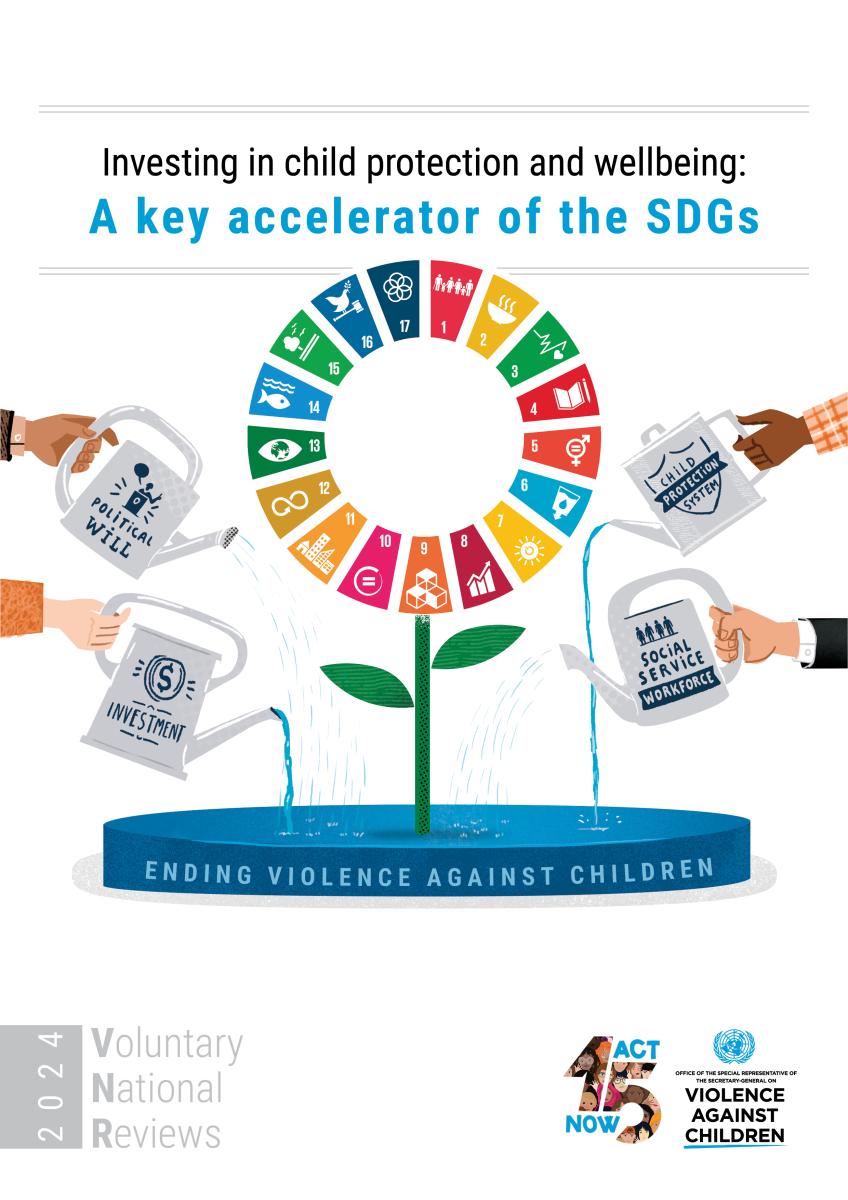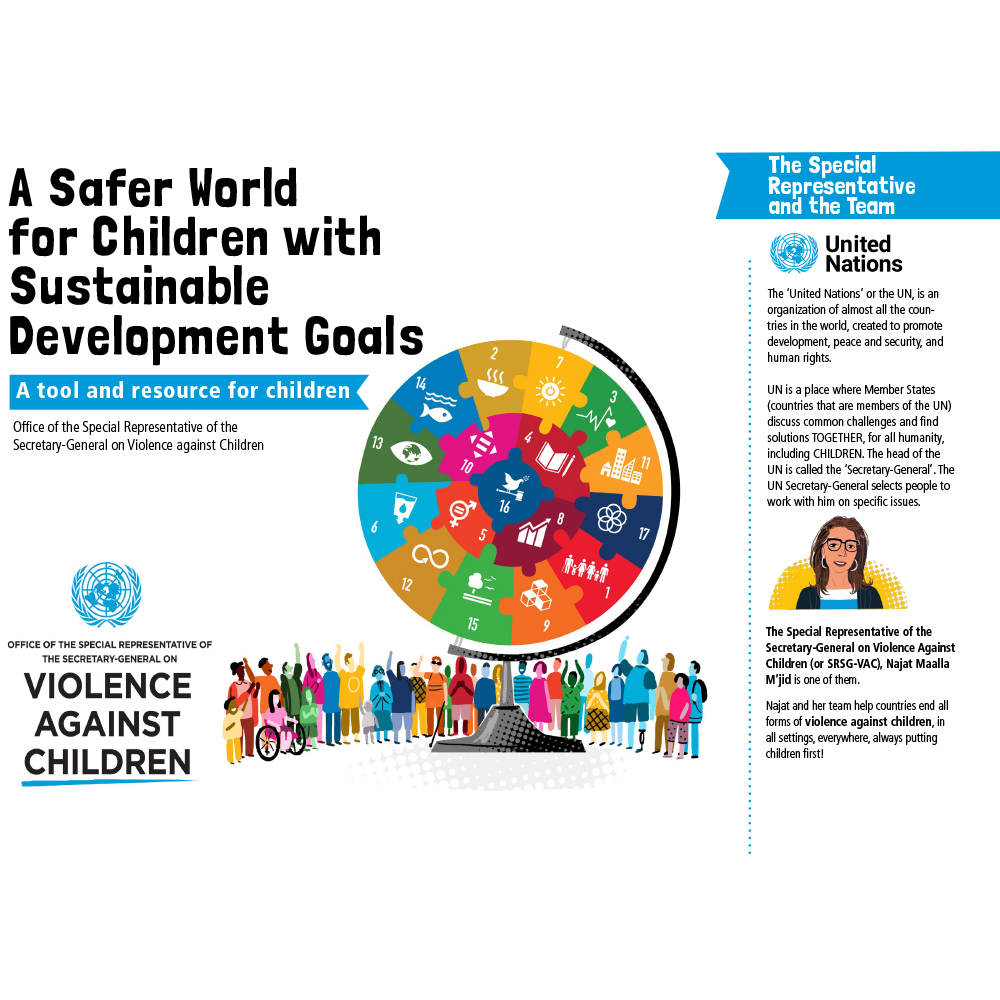SDGs
Ending Violence Against Children is an accelerator to achieve SDGs
![]()
All SDGs touch the lives of children in one way or another.
Children’s well-being and protection from violence is a cross-sector agenda and goes beyond SDG 16.2 on ending all forms of violence against children.
The close interconnection between the 2030 Sustainable Development Agenda and children’s well-being needs to be made explicit: realizing children’s rights, including their right to protection from violence, will help to accelerate the achievement of the SDGs.
Only six years remain until the 2030 deadline for the Sustainable Development Goals (SDGs), yet the world is off track on most SDG targets.
We need to act NOW!



